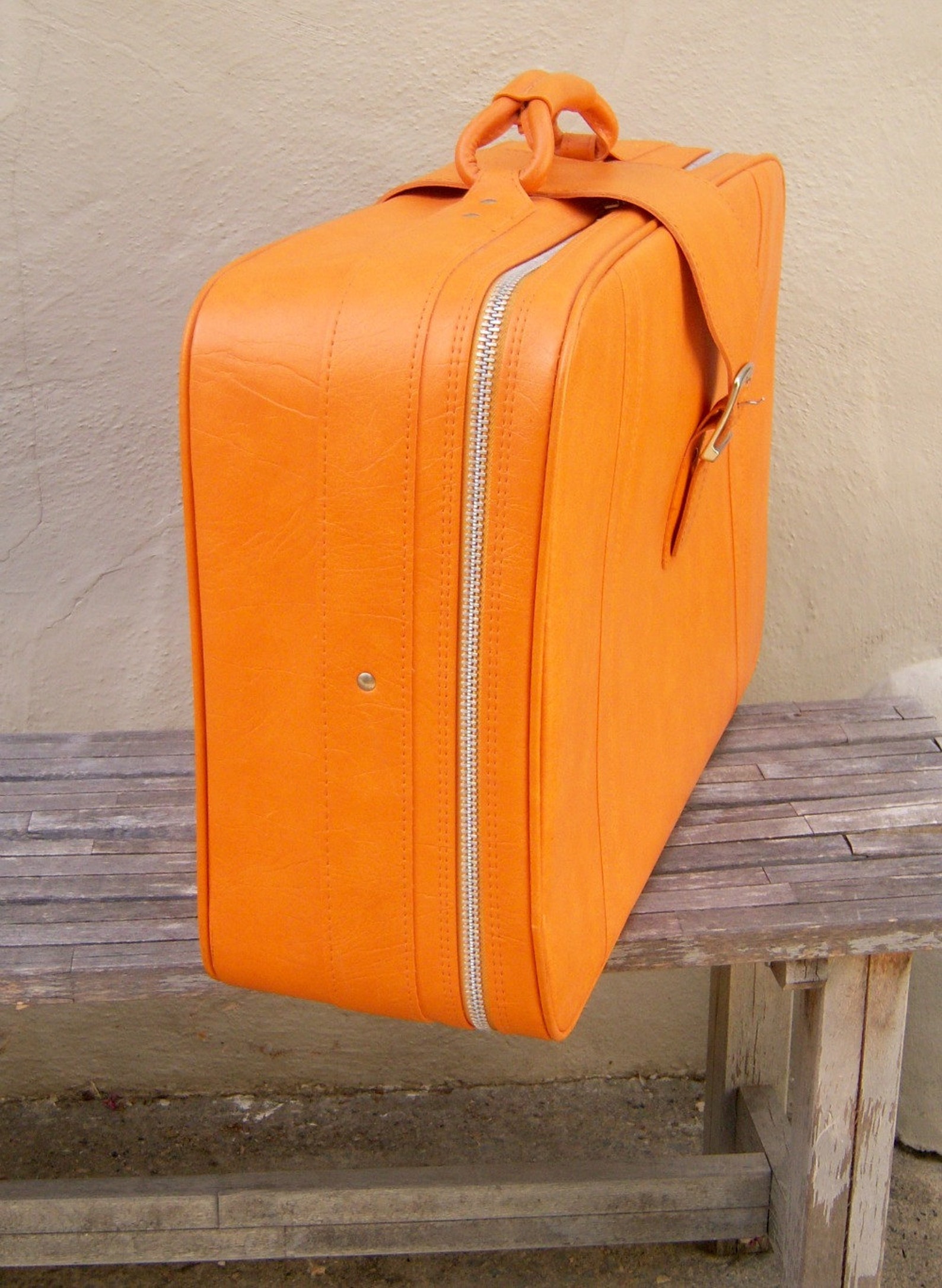

They not only connected with what it said, but were also pleased about what it said about them.

Young go-getters, career-oriented people and highly-placed corporate executives, all loved it. Would you sit next to you at the dinner table?

Lose the ability to slip out of meetings unnoticed.Īnd a third one asked people if they were erudite enough to hold a conversation for hours: It is lonely at the top, but at least you have something to read.Īnother ad came as a compliment, disguised as an apology: One after the other, the Economist billboards spoke glowingly to and about the magazines’ readers: Its most famous ad, with playful wit, explained why some people are always stuck at the bottom of the corporate ladder. “I never read the Economist.” - Management Trainee, aged 42 The campaign put forth the benefits of reading the highbrow, current affairs magazine, often in a tongue-in-cheek manner, and always set against a plain red background with white text. The price of admission was the price of the magazine. If you were a reader, you were part of an exclusive club of successful people. The campaign, it was resolved, should make the Economist an essential weekly read that all intelligent, well-informed and successful people would proudly want to be associated with. He would do so by reiterating the influence it would have on their success. Rather than highlight the magazine’s content week after week, David Abbott decided to establish an enduring perception in people’s minds. The strategy itself, one could argue, was ahead of its time. His agency, Abbott Mead Vickers, would go on to create one of the world’s most iconic brands. It was the moment advertising genius revealed itself. “There is always something in it which you could drop into a conversation, that made you seem well-informed,” they revealed.Īll it needed, was for someone to tap into this extraordinarily powerful emotional connection.ĭavid Abbott, a British copywriter, stepped up to the plate. Consumer research had shown that the magazine’s link to success had already been formed. Economist readers almost revered it for its great content. Intelligent and witty, they have ‘The Economist’ written all over them.īack in 1988, the Economist wanted to encourage more subscriptions of its weekly current affairs magazine.Īt the time, it had a lot going for it. The ‘white-text-against-a-red-background’ billboard format is now so familiar, that most people don’t even have to read the words or see the visual to recognize the brand. What started as a marketing exercise to get more people to read a business magazine, led to one of the most successful and longest-running campaigns in Britain’s advertising history.Ī delightful outcome of an agency-client relationship which has lasted upwards of twenty years.


 0 kommentar(er)
0 kommentar(er)
